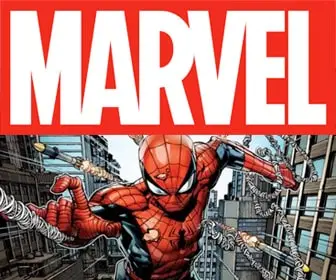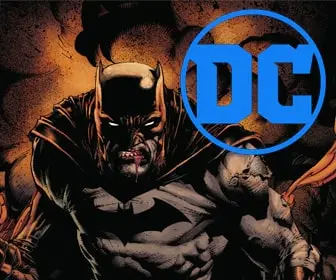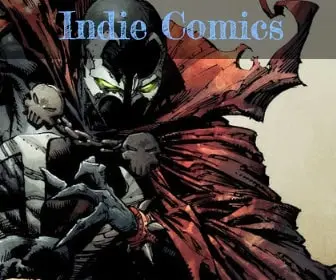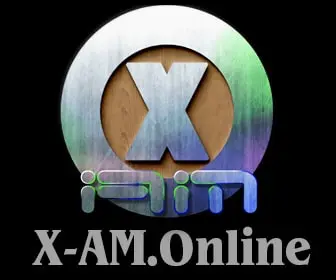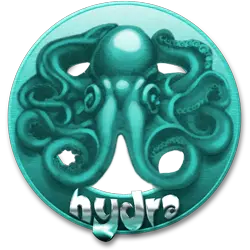
Comic Book Artistry: Classic vs. Digital Techniques

The art of creating comic books has evolved dramatically over the years. From the classic pen and paper to the advanced digital tools like Wacom Cintiq, the methods artists use to bring their stories to life have diversified. This evolution has sparked a debate among creators and fans alike: which is better, classic or digital comic book art? In this blog post, we’ll explore the nuances of both approaches, their unique tools, and the process of making comic book art print-ready.
Classic Comic Book Art Techniques
Classic comic book art is steeped in tradition, relying on physical tools and materials.
Tools:
- Pencils and Inks: Artists traditionally start with pencils to sketch layouts and characters, followed by inking with pens or brushes to finalize the lines.
- Paper: High-quality, acid-free paper is used to ensure longevity and prevent yellowing.
- Lettering: Earlier, lettering was done by hand, though many modern artists still use this technique for its unique touch.
Process:
- Sketching: The first step involves sketching the rough layout of each page.
- Inking: After sketching, the artist inks over the pencil lines.
- Coloring and Lettering: Traditionally, coloring was done by hand, but now it’s often done digitally. Lettering might also be added in this step.
Digital Comic Book Art Techniques
Digital comic book art has gained popularity for its efficiency and versatility.
Tools:
- Graphic Tablets: Devices like the Wacom Cintiq allow artists to draw directly onto a screen, giving a more intuitive feel.
- Software: Programs like Adobe Photoshop, Clip Studio Paint, and Procreate offer a range of tools for drawing, coloring, and lettering.
Process:
- Digital Sketching: Similar to the traditional method, but done on a tablet.
- Digital Inking and Coloring: Artists can use various brushes and tools available in the software.
- Layering: Digital art allows for the use of layers, making editing easier.
Making Comic Book Art Print-Ready
Regardless of the method used, preparing comic book art for printing is a crucial step.
Classic Art:
- Scanning: The artwork is scanned at a high resolution (usually 300 DPI or higher).
- Cleaning and Touch-ups: Any necessary edits or touch-ups are made using photo editing software.
Digital Art:
- Finalizing the File: Artists ensure all layers are correctly aligned, and the file is in the correct format (typically TIFF or PDF).
- Resolution Check: The resolution is set to 300 DPI or higher to ensure clarity in printing.
Conclusion
Both classic and digital comic book art techniques have their merits. The classic method is revered for its raw and organic feel, while digital art is appreciated for its flexibility and efficiency. The choice between the two often comes down to personal preference and the specific demands of the project.
In the journey from concept to print, artists must consider how their work will translate onto the page. Whether an artist prefers the tactile feel of pen on paper or the limitless potential of digital tools, the goal remains the same: to tell a compelling story through captivating visuals. The evolution of comic book artistry, from classic to digital, reflects the dynamic nature of the medium – a blend of tradition and innovation, constantly pushing the boundaries of storytelling.




